Here we share some fundamentals of sail racing, basic rules and easy tactics guidelines to get the best racing your fast radio-controlled sailboat in joying your first regatta.
5 tips to focus the first sailing race
•tip•
Be prepared for this event in advance. Practice, practice, practice on water… tacks, gybes, mark roundings, sail trim and boat handling, run through as many points of sail - shifting from upwind, work to reaching and running downwind...
•tip•
Don’t let distractions interfere with your "mission" to sail your rc yacht fast. This means to stay focused on boat handling, steering and trimming sails for maximum efficiency.
•tip•
Plan ahead and anticipate upcoming situations: at the start, at the marks roundings, when other boats are getting closer...
•tip•
Avoid collisions with other yachts, know the rules and stay in control of your boat (and what happens around).
•tip•
Fully enjoy the pressure that prepares you at the sail racing game!
4 pillars to join, and enjoy your first sailing race
1#
Basic tactics to have your boat full ahead at the start
Get this Poker after the start!
Crossing as soon as possible the starting line after the starting signal:
sail in clear air
have good speed
be on the preferred side of the line
be on the right tack.
Play2Sail suggests you this readings:
starting strategy basics for radio sailing racinG
READ MORE >
Be aware of the signals (flags & sounds) during your start execution is key
Read more >
2#
Basic advices to properly sail the wind shifts
When sailing racing, wind shifts are a main strategic and tactical factor because they can interfere in different ways on the direction the boat is sailing and because they create opportunities to gain - or to lose distance on the opponent boats
Play2Sail suggests you this reading:
If the direction of the wind is changing, a lift or a header will affect your boat
Read more >
3#
You're sail racing, search for the best wind over the race course
Play2Sail suggests you this reading:
How to make your boat sailing faster, catching the opportunities that the wind offers
Read more >
4#
Basic Rules of Sailing Racing to be aware
There are essential rules on which a regatta is based, but are at least ten the mandatory sail racing rules that you need to master (to be prepared, have fun and… to avoid collisions ;)
Play2Sail suggests you this reading:
Know the rules that set the rights of way between sailboats when racing
Read more >
Now is the day of your first regatta
Here are just few (last) advices:
Arrive at the racing area early (really early)
Read the sailing instructions and check the notice board
Talk and share experiences with nearby skippers
Figure out the wind and tune your boat for the conditions
Watch what other sailors do (and learn why they do it)
Always sail with common sense, safety, and good sportsmanship.
Stay calm. Mistakes - and learning from them - are part of this game.
Have fun. (Most important)
Elevate your RC Sailing skills:
Free resources at your fingertips >
As a skilled sailor, you know the value of continuous learning. Access our advanced free online resources to refine your techniques and build your confidence with expert insights. No fees, no membership - just pure learning and fun. Discover Play2Sail Academy today!
To learn easily everything you need to start sailing (faster) your radio-controlled yacht, Play2Sail Radio Sailing Academy shares a complete e-manual that collects the fundamental knowledges, handy diagrams, tips and advice that will improve your skills.
DOWNLOAD THE P2S RADIO SAILING MANUAL NOW >
(because sailing learning doesn’t have to be complicated! ;)
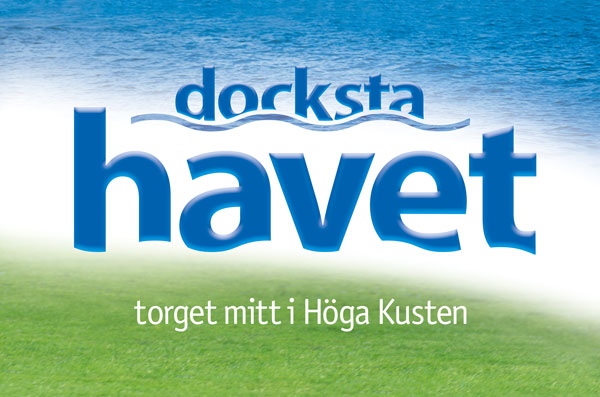










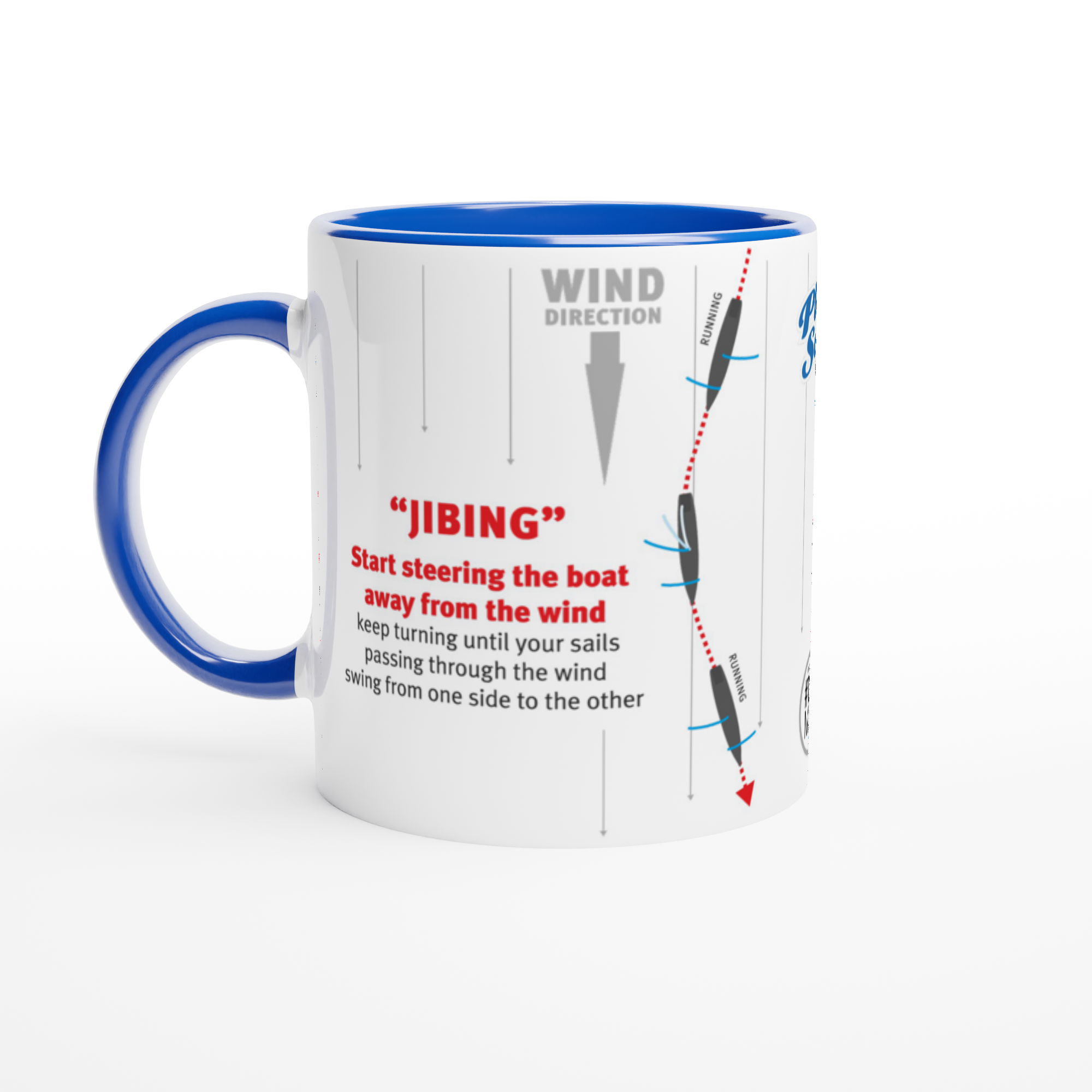
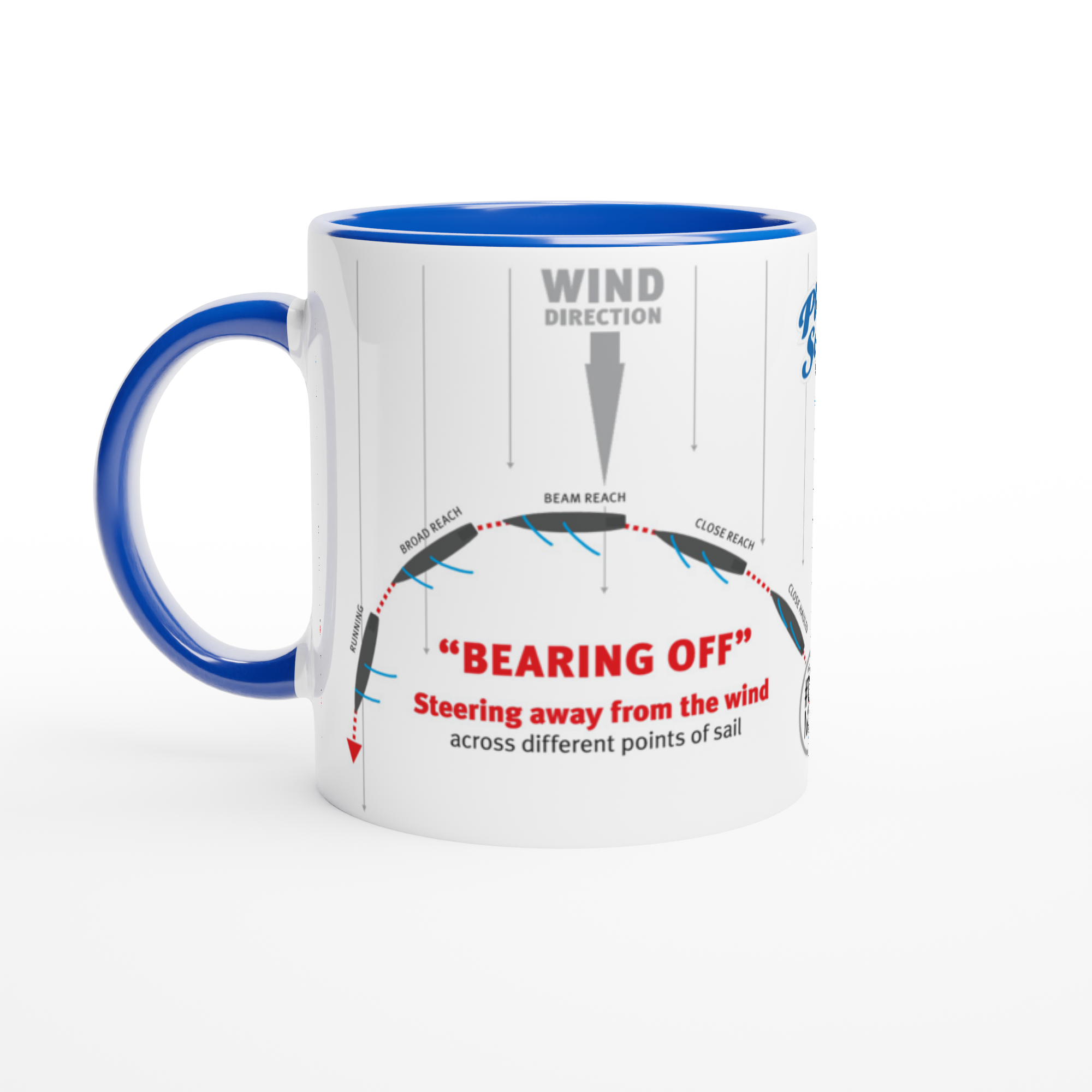

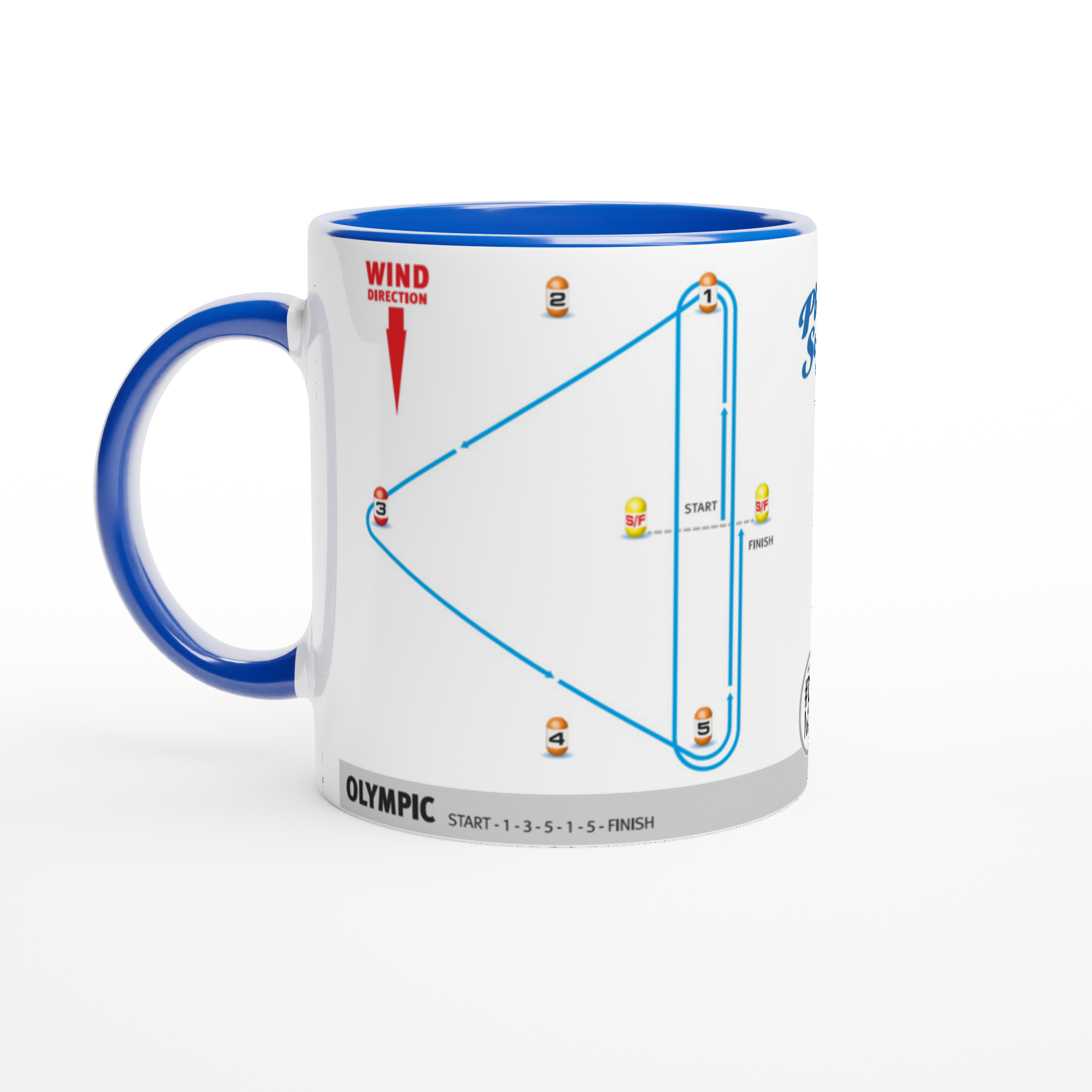
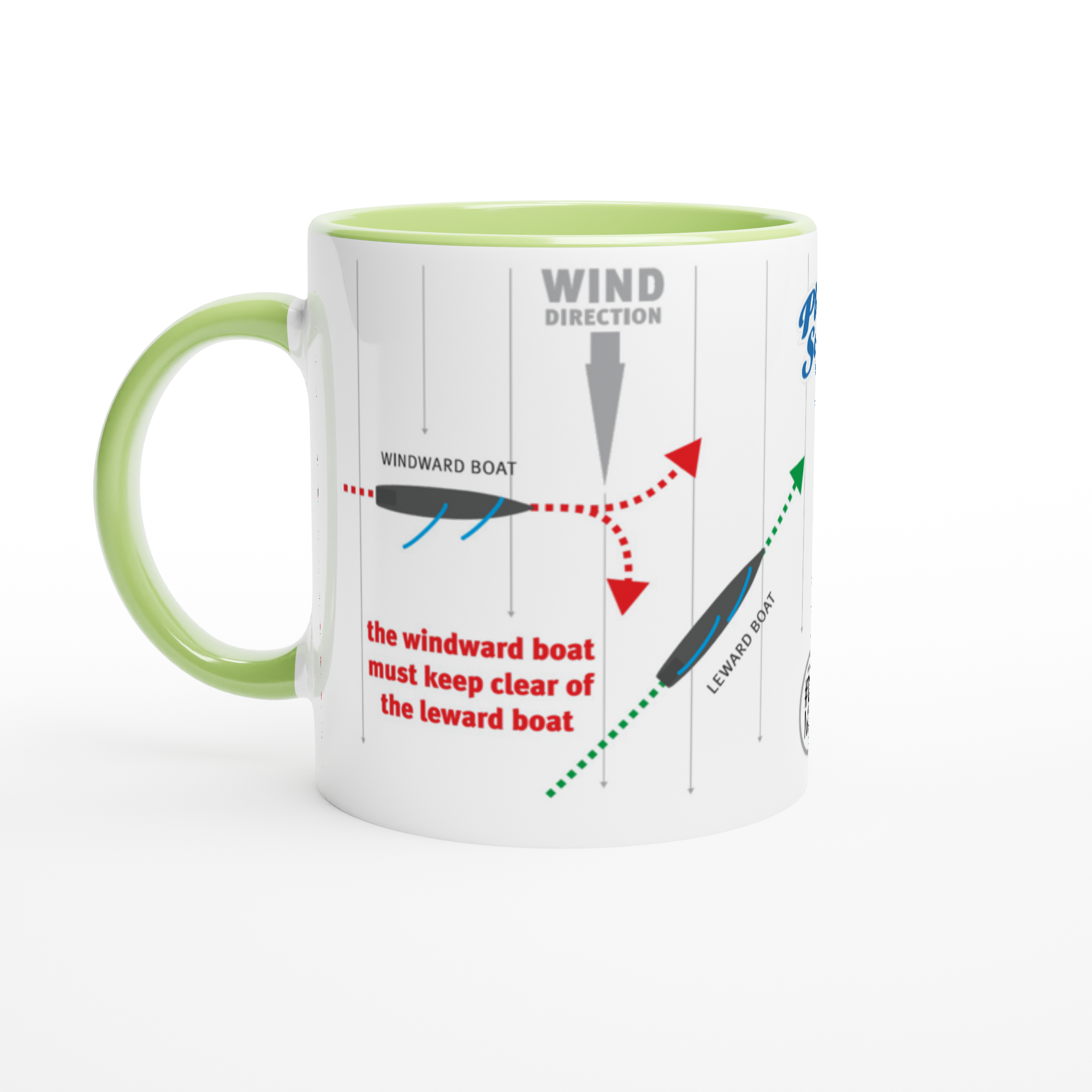


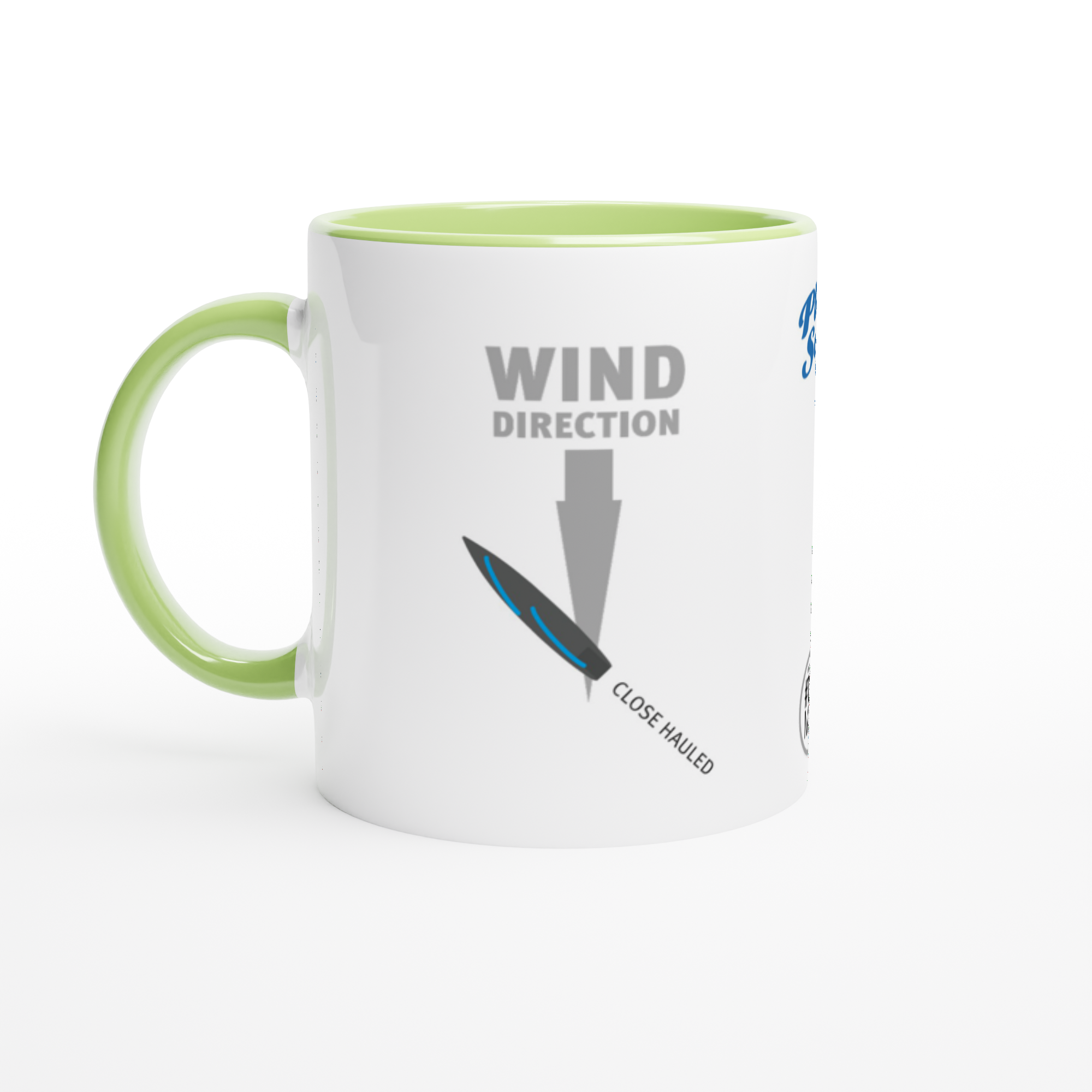
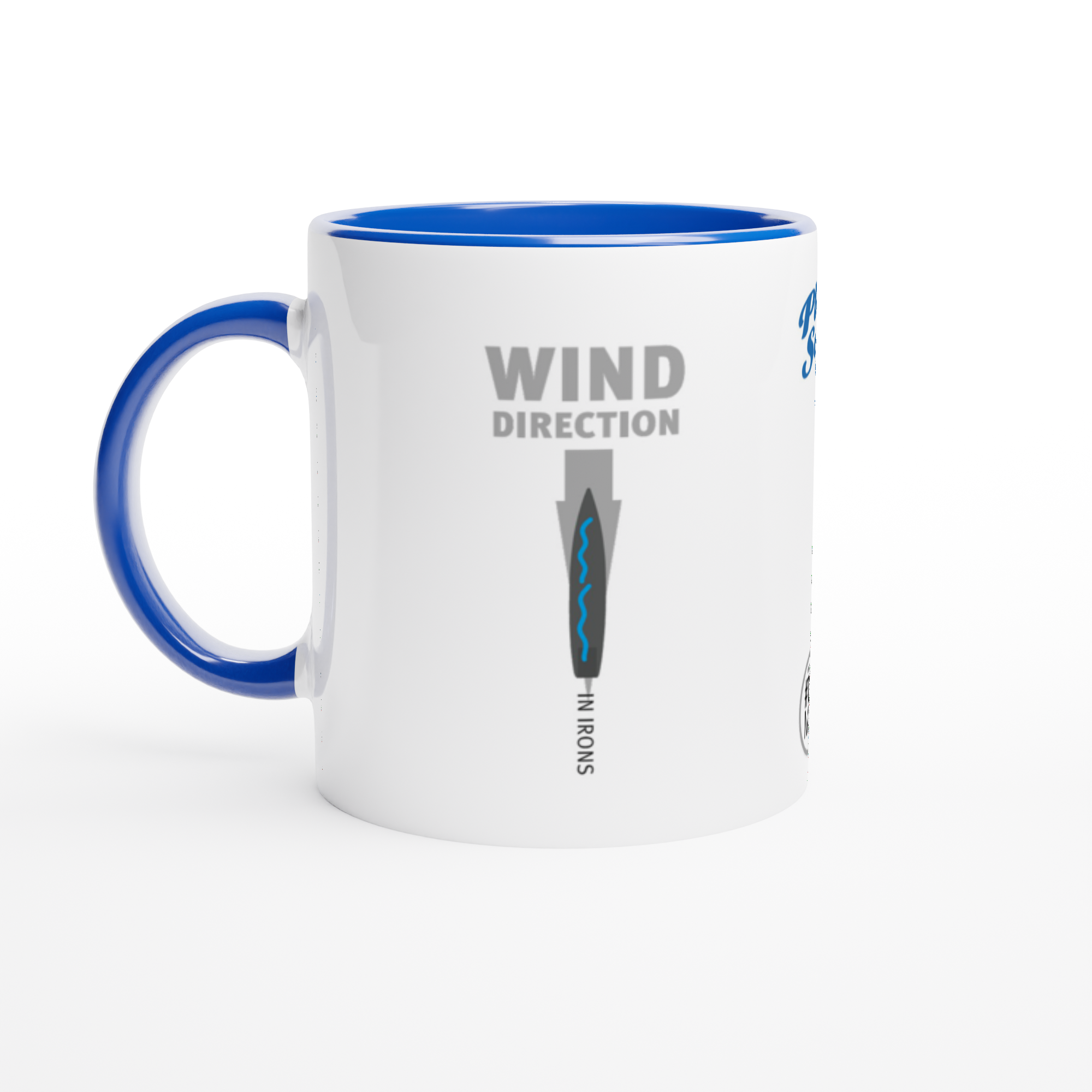
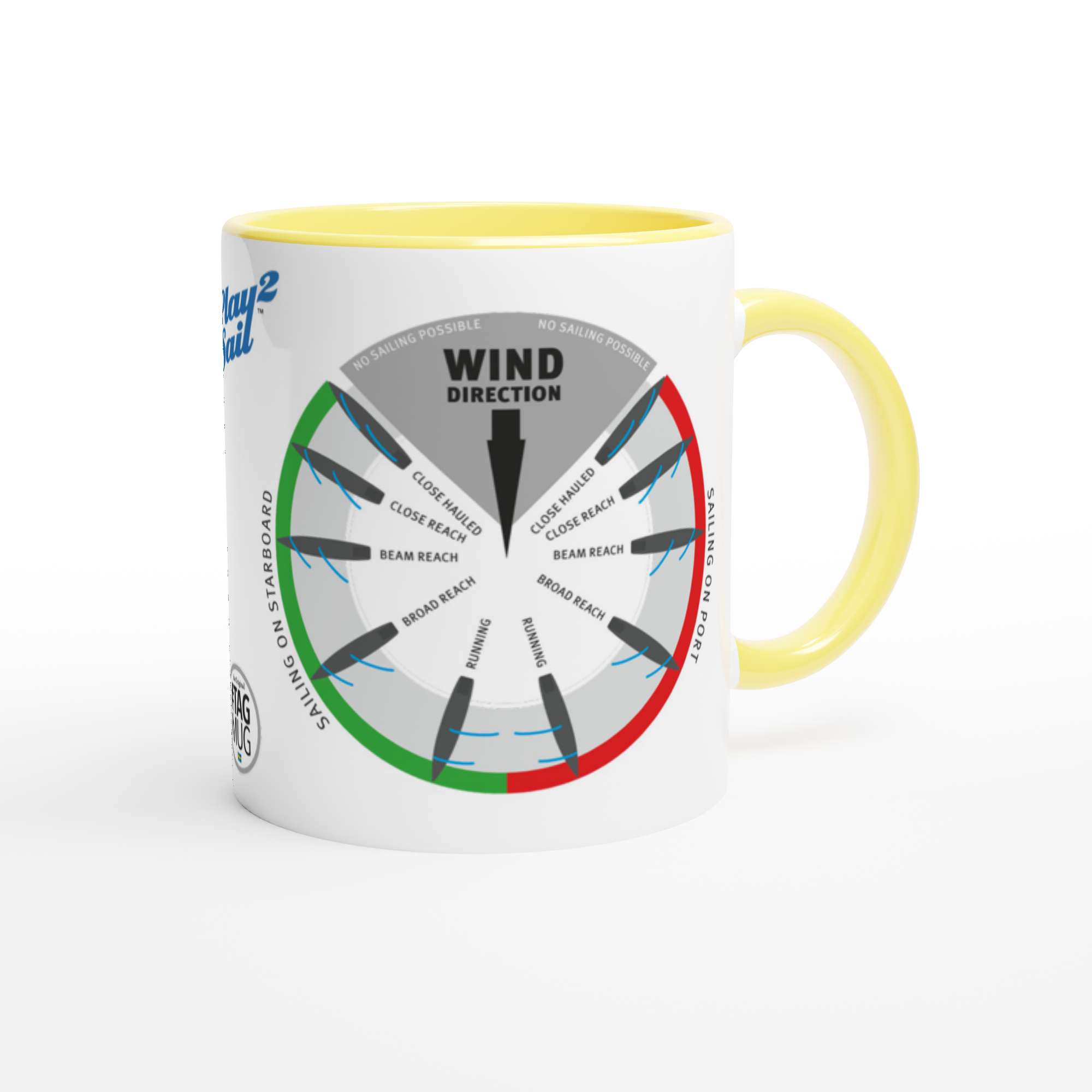
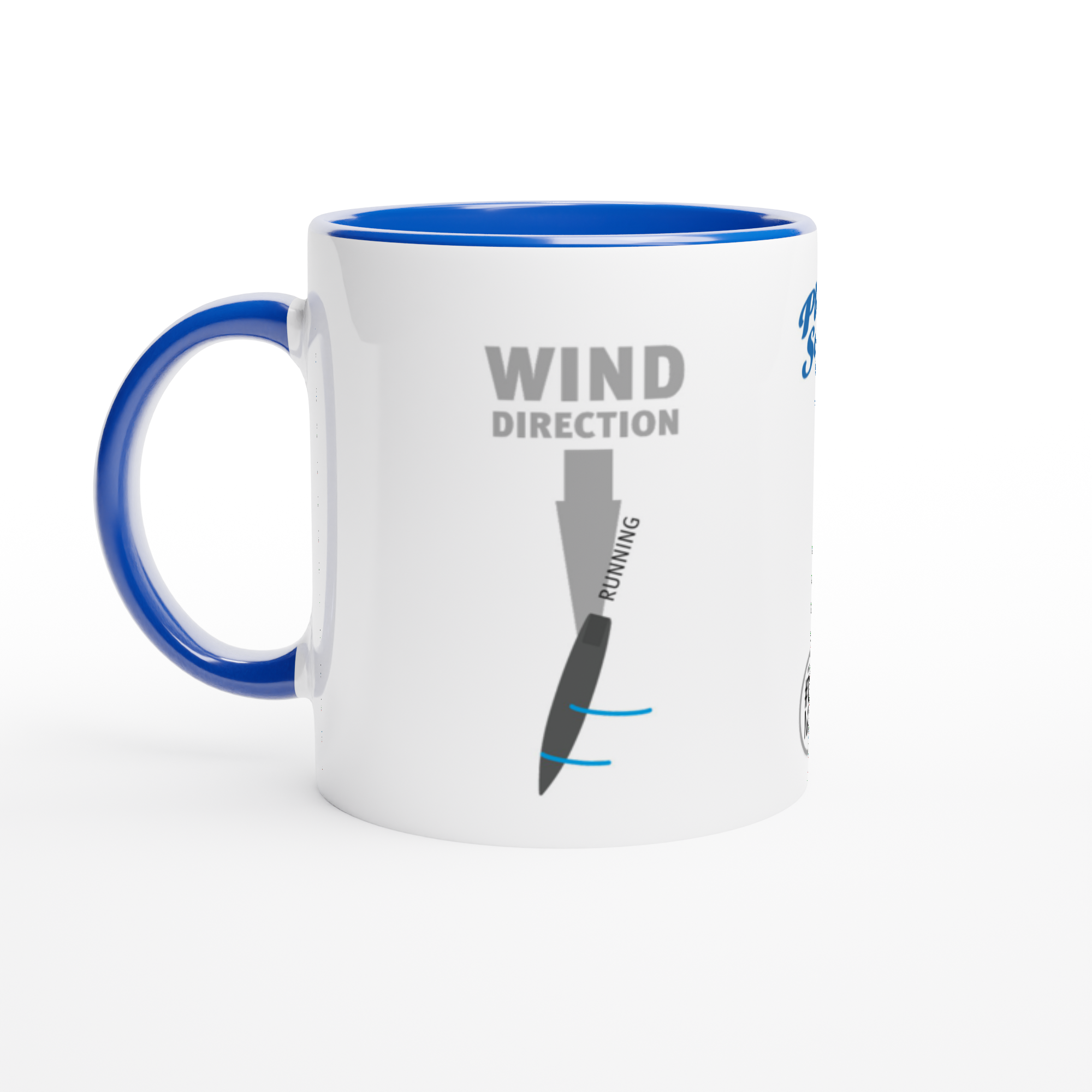
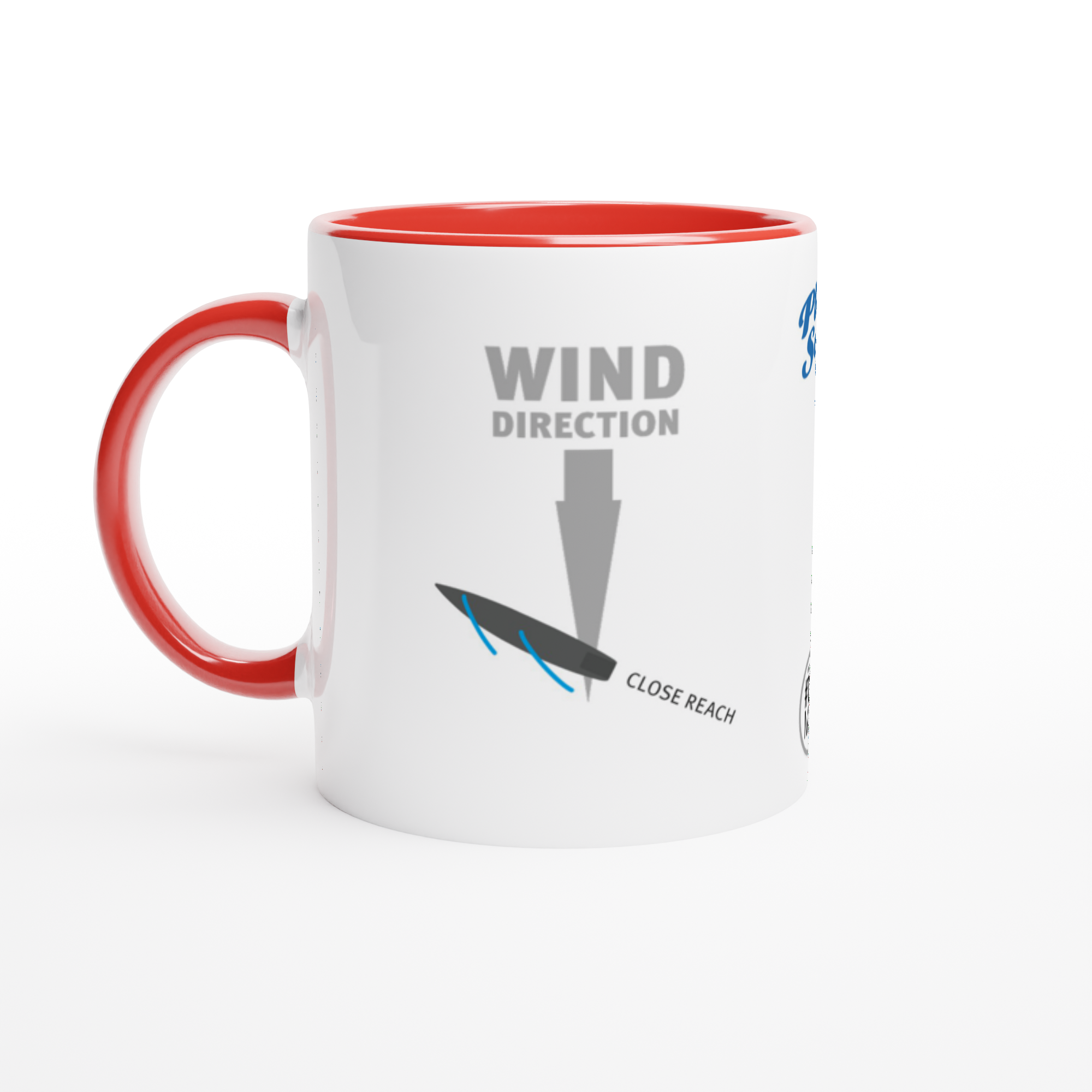
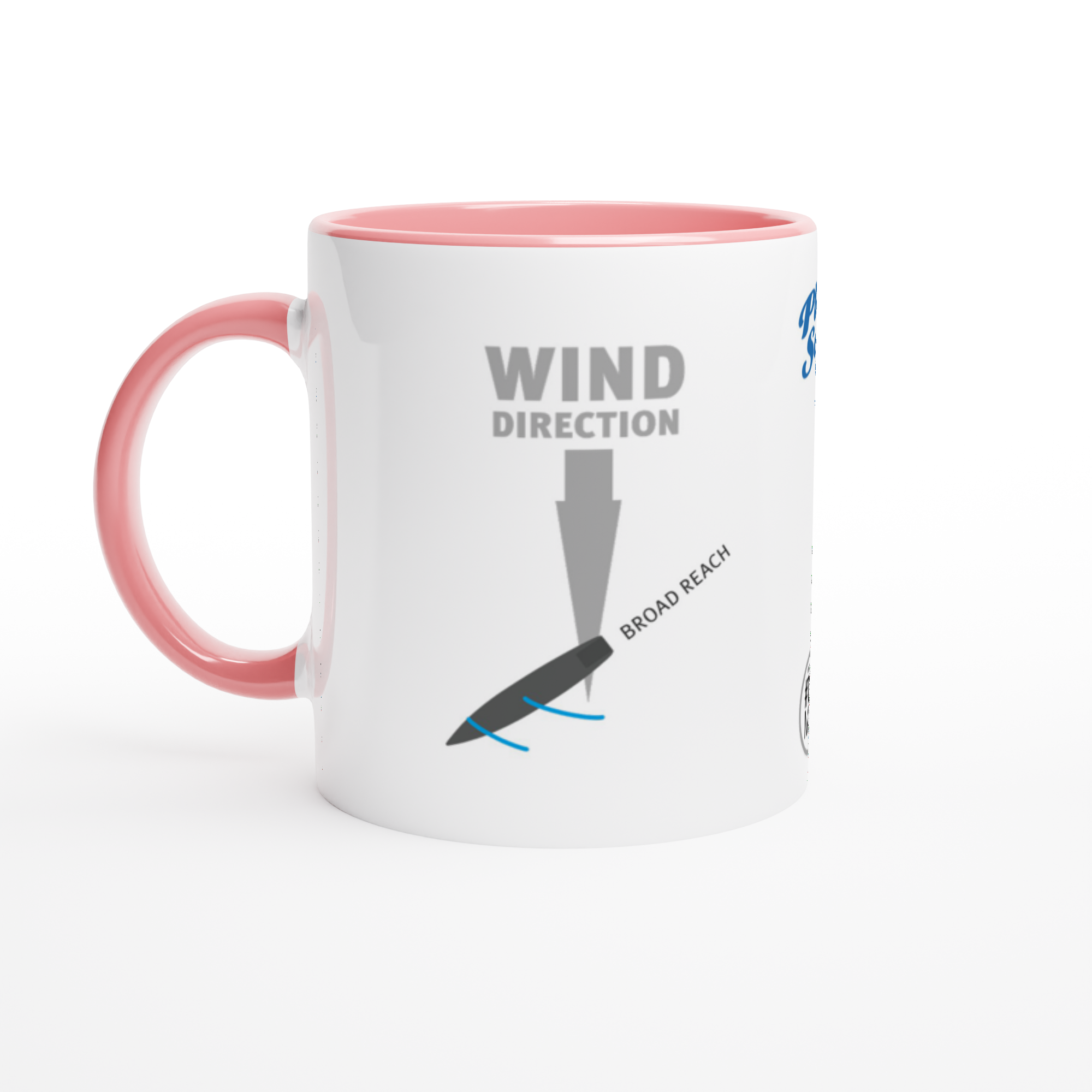






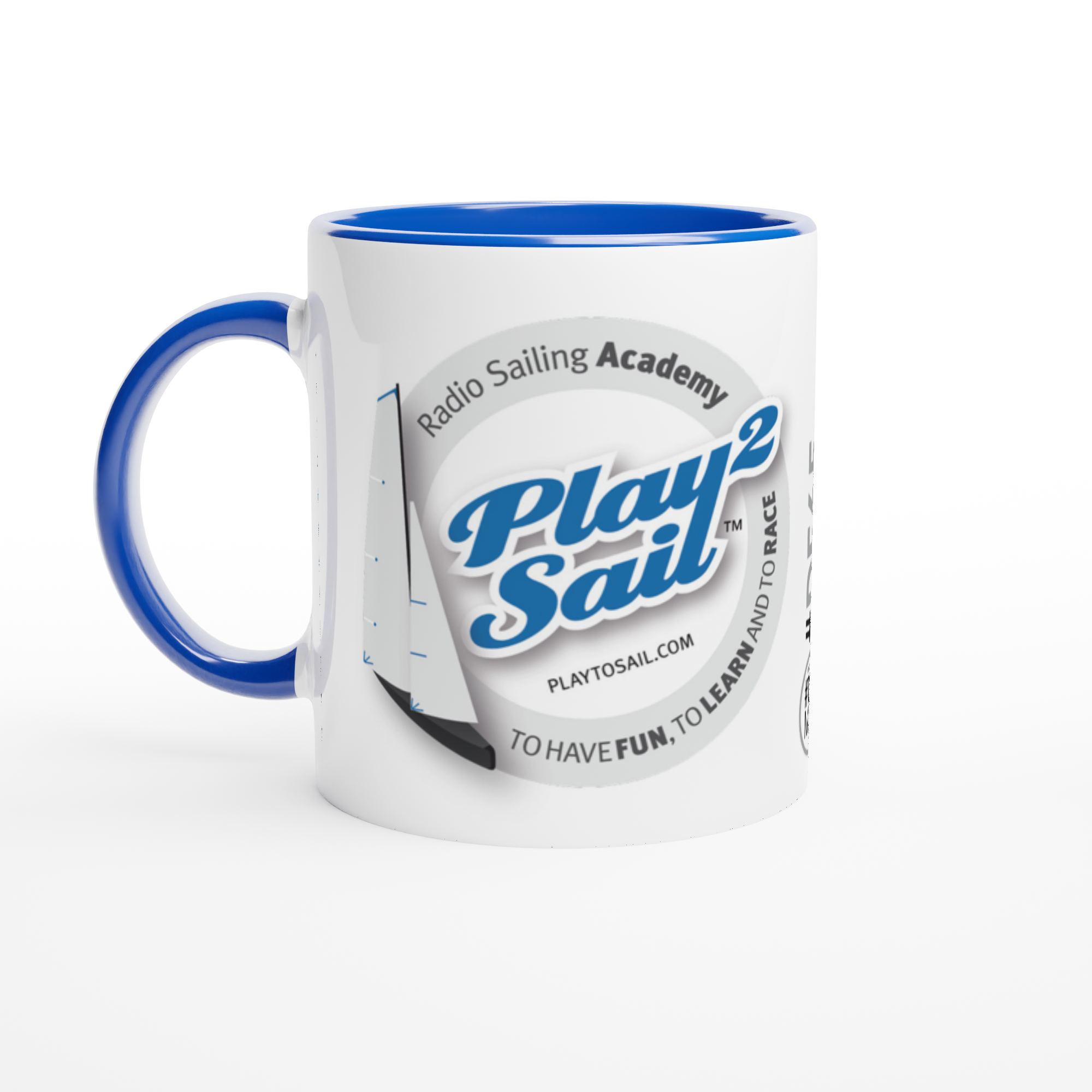














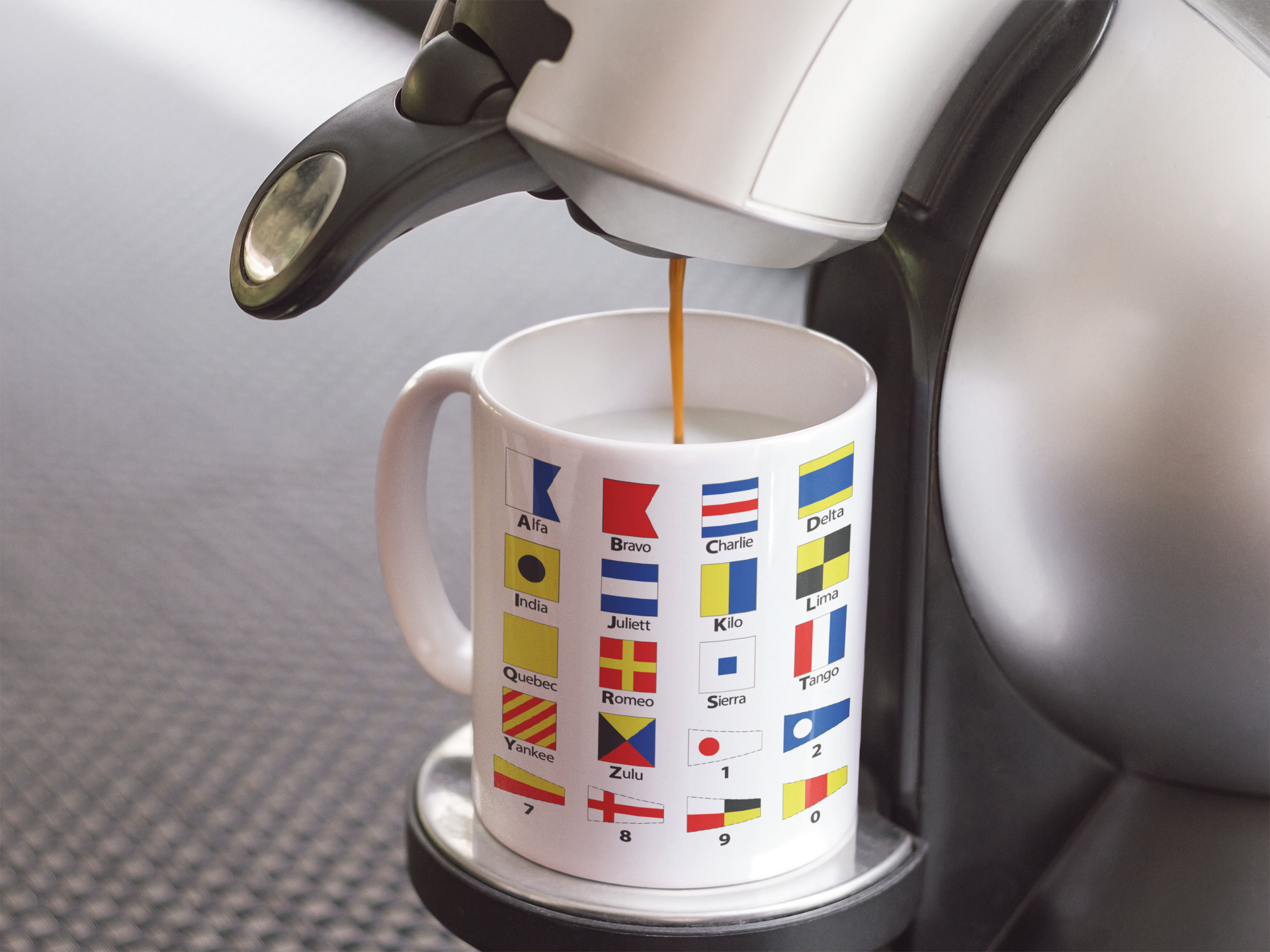



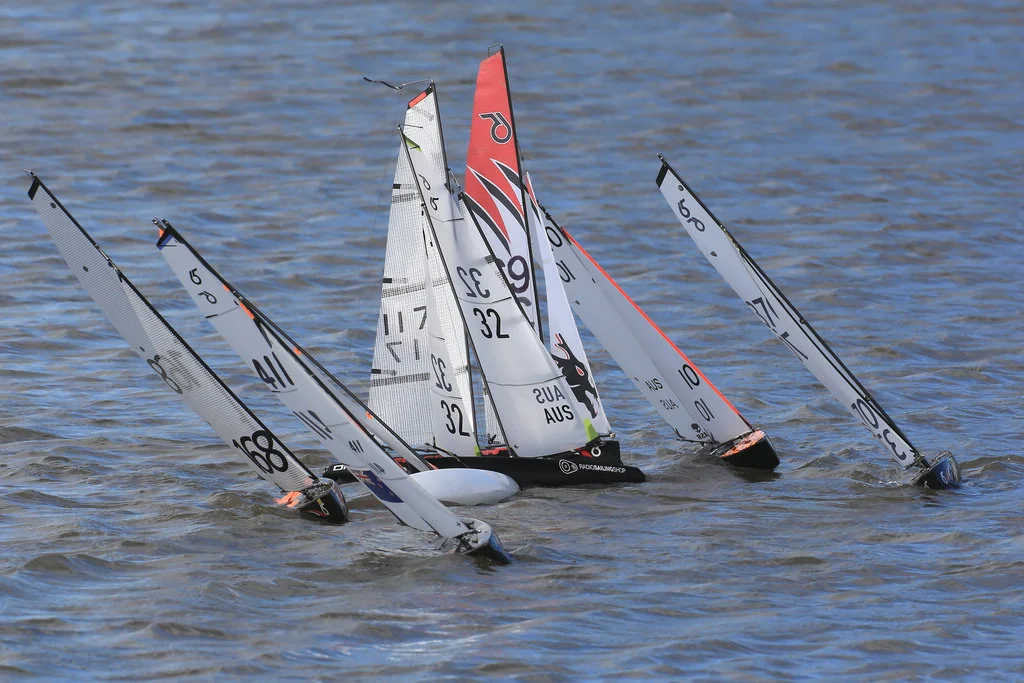

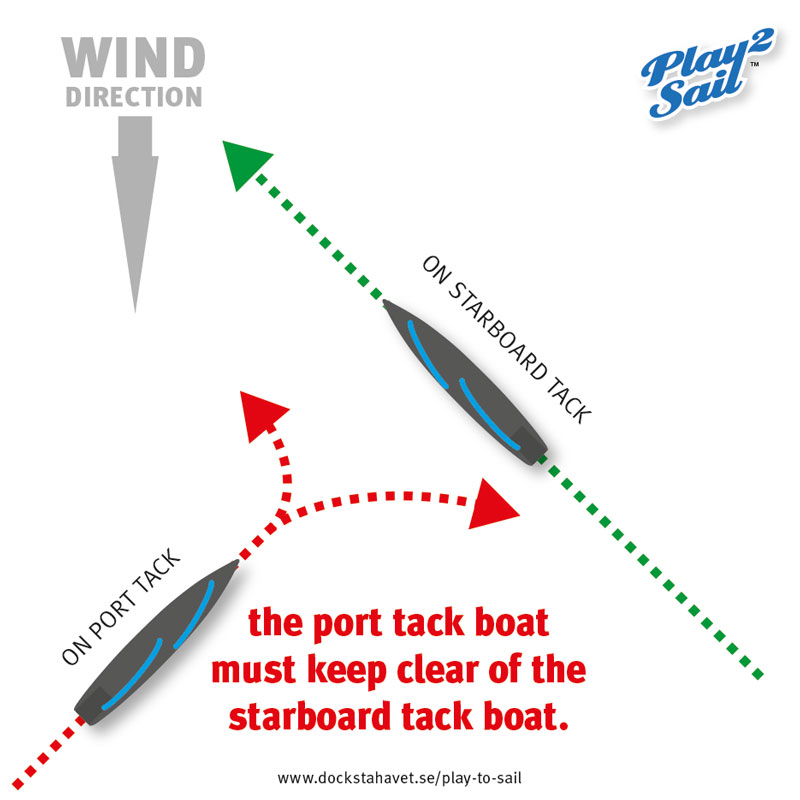


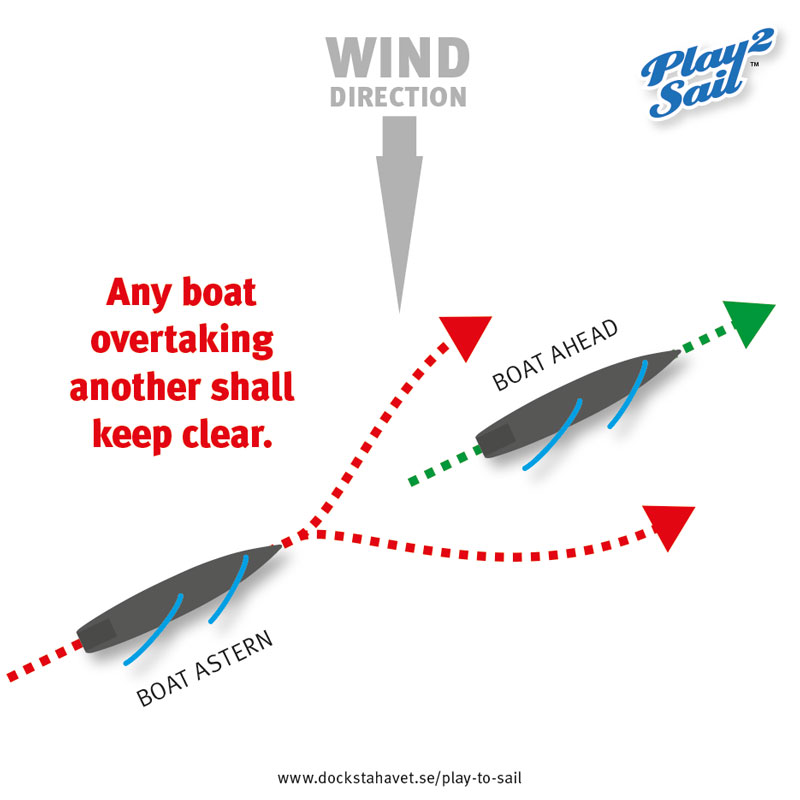

![Share your #SAILING passion with an original mug [#TAGMUG E-SHOP]](https://images.squarespace-cdn.com/content/v1/594e2defd482e9221abc3588/1614719437358-9OG6NYB56MMOT097CRVO/sailing-racing-rules-mugs-collection.jpg)







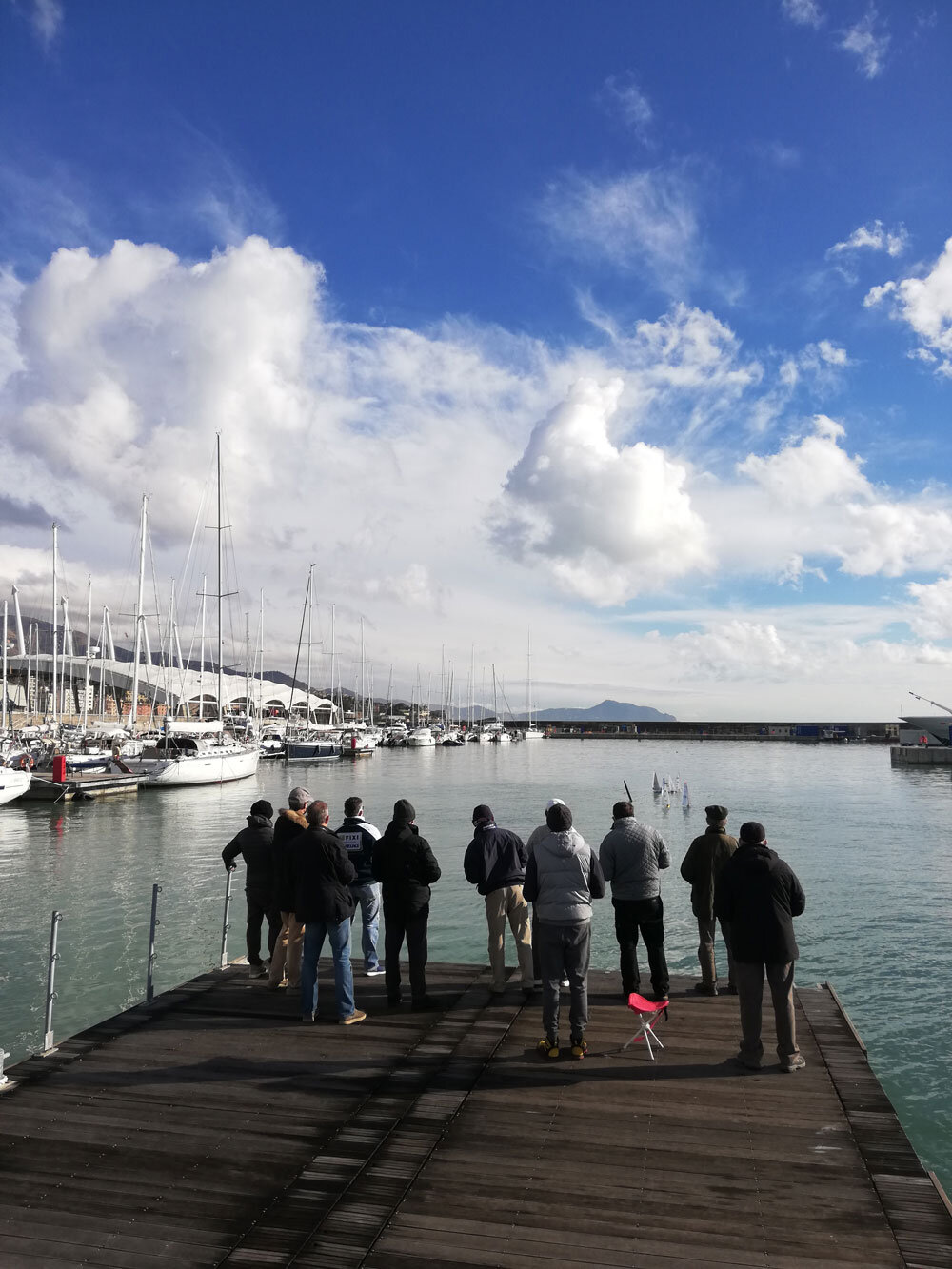
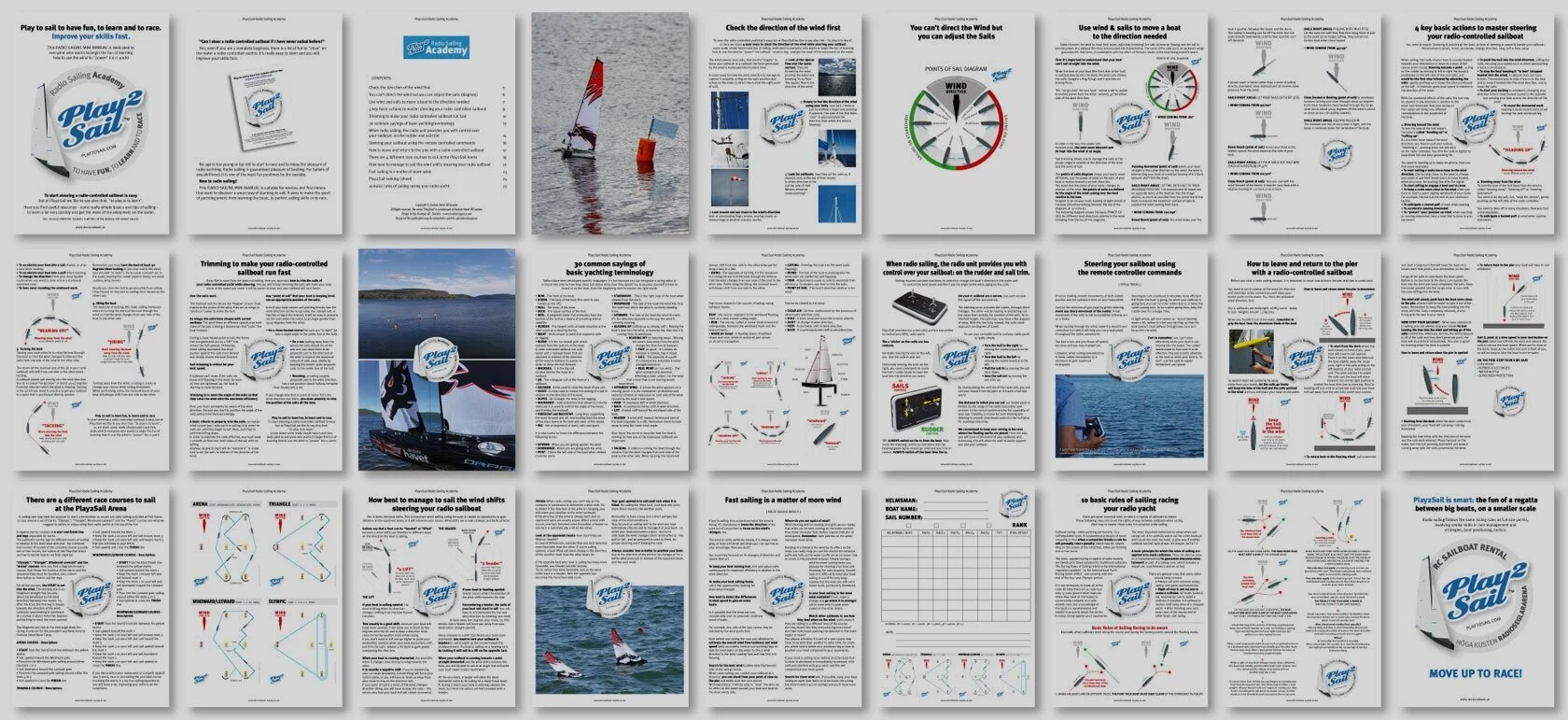

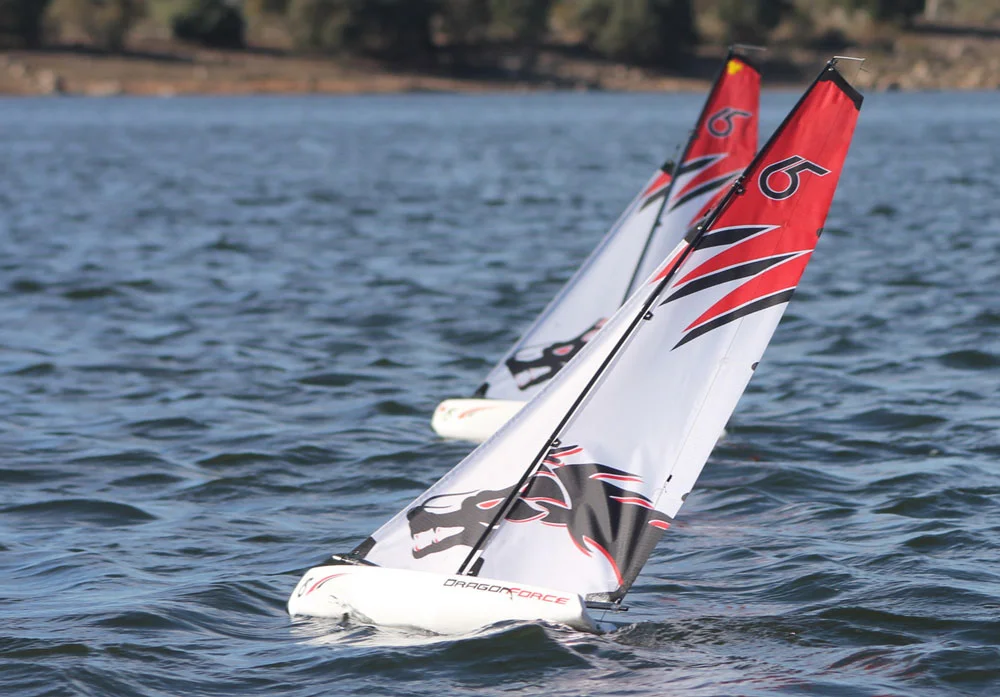









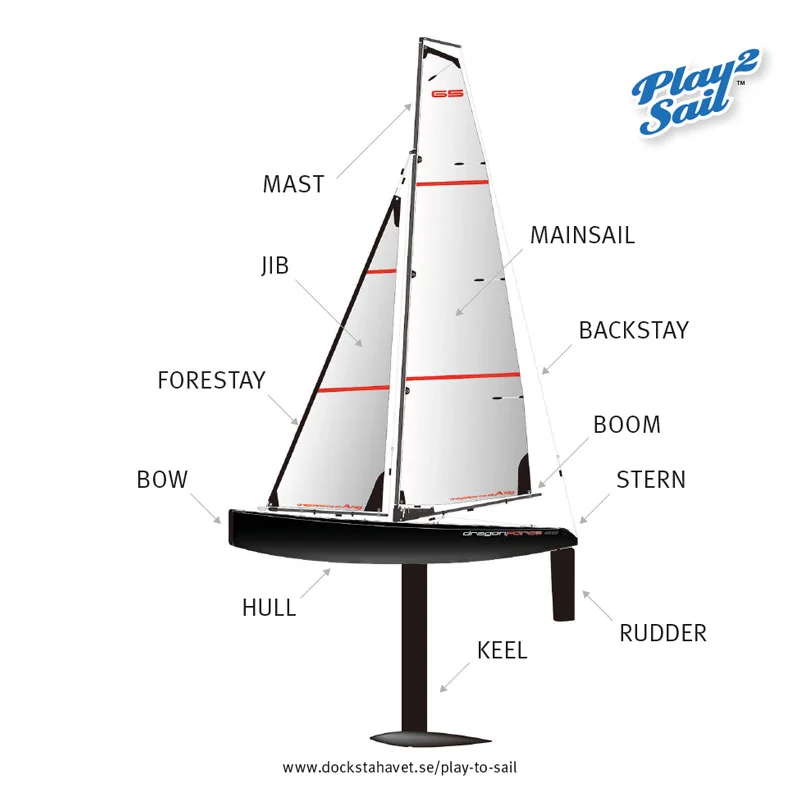




![Share your #SAILING passion with an original mug [#TAGMUG E-SHOP]](https://images.squarespace-cdn.com/content/v1/594e2defd482e9221abc3588/1614719263191-1UOIVRL0IB3MOGAAW1ZB/wind-shifts-sailing-mug.jpg)



![Share your #SAILING passion with an original mug [#TAGMUG E-SHOP]](https://images.squarespace-cdn.com/content/v1/594e2defd482e9221abc3588/1614719322626-UIEUQAHGY7L5EYU7VZOJ/rc-sailing-mugs-collection-points-of-sail.jpg)



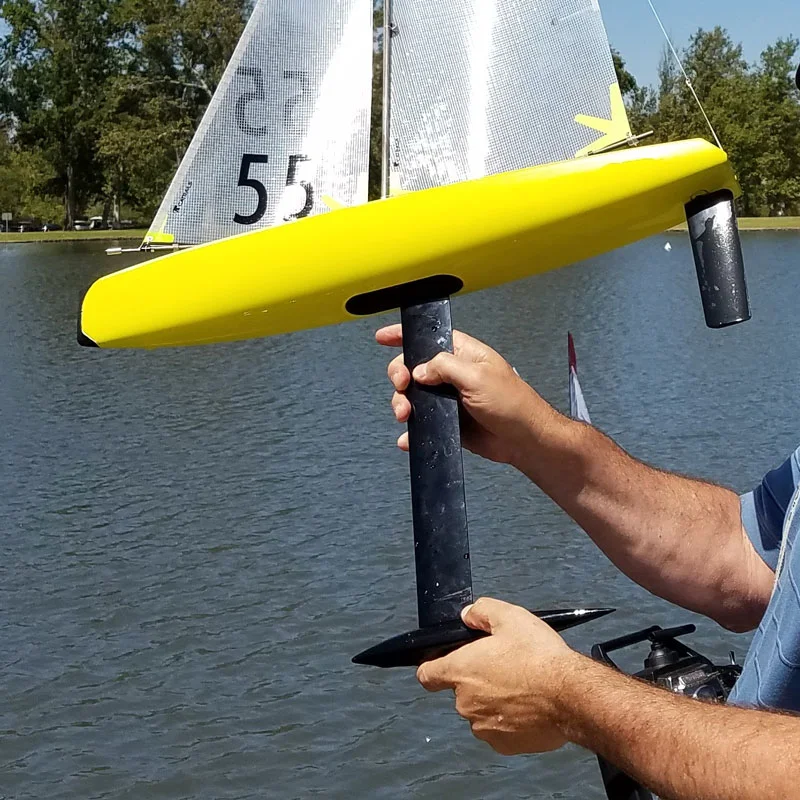
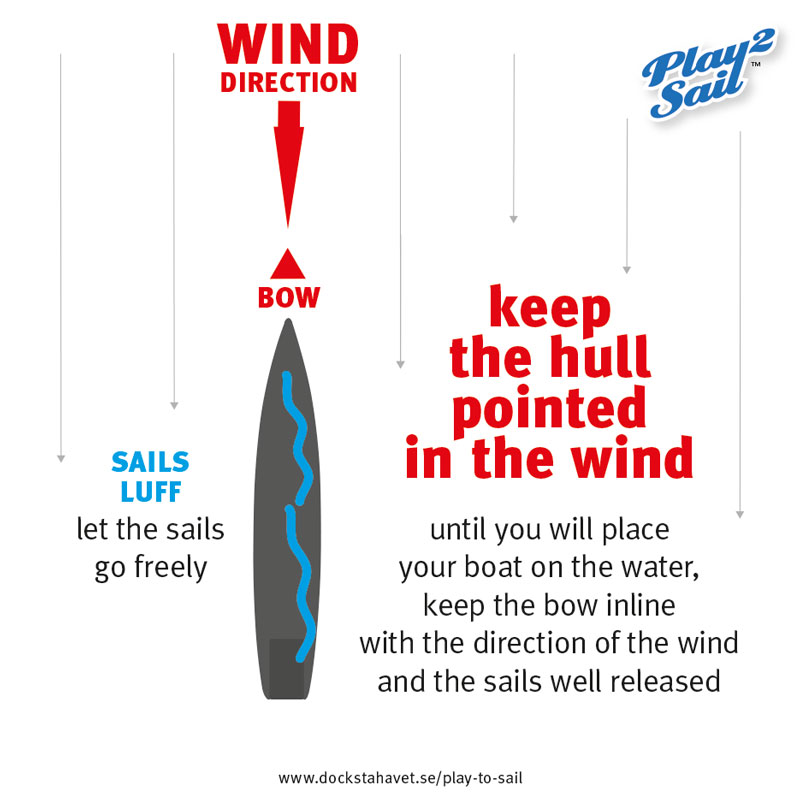
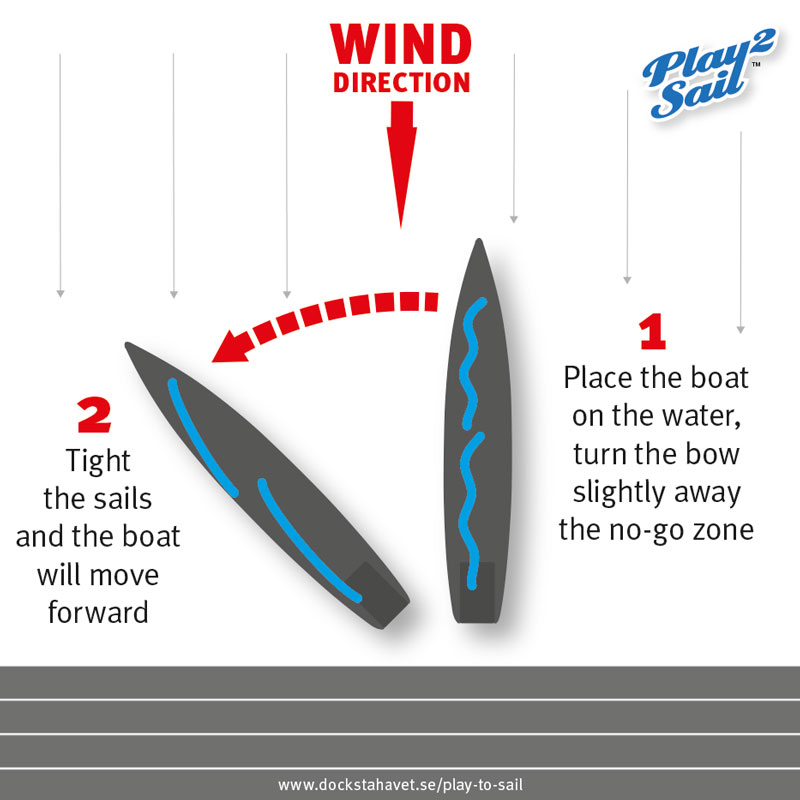



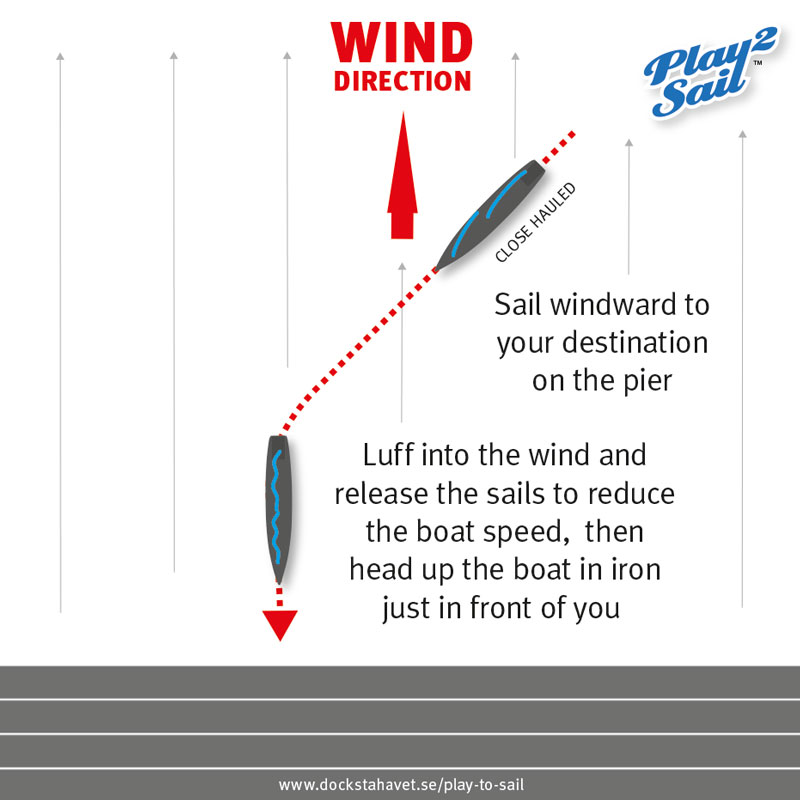


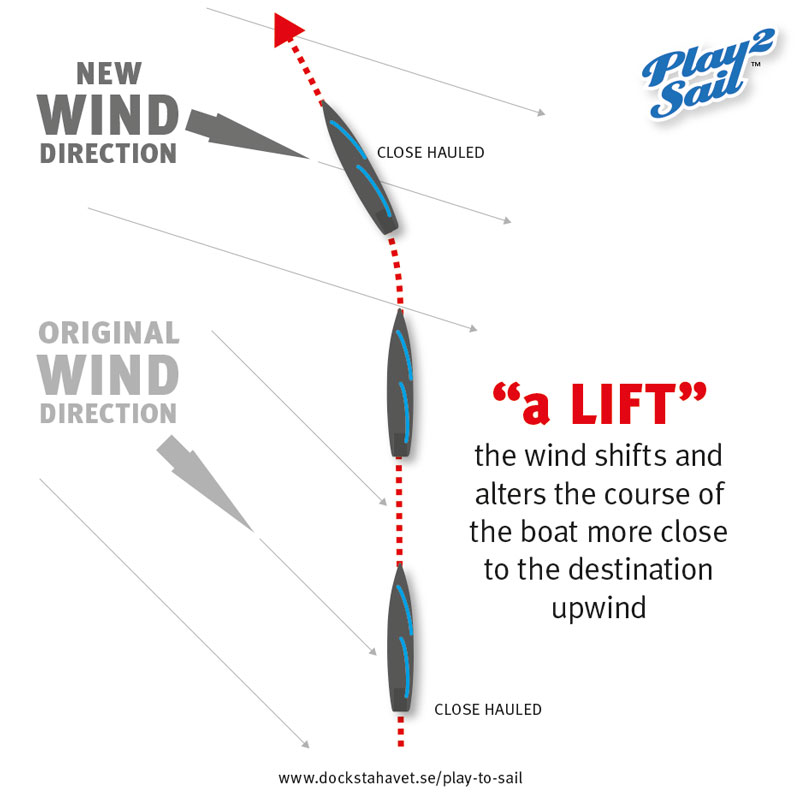


![Share your #SAILING passion with an original mug [#TAGMUG E-SHOP]](https://images.squarespace-cdn.com/content/v1/594e2defd482e9221abc3588/1614719169926-XIJ8HIHLRZXCTPUXT1XO/wind-shifts-sailing-mug.jpg)











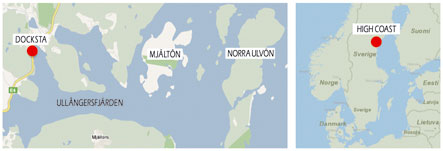









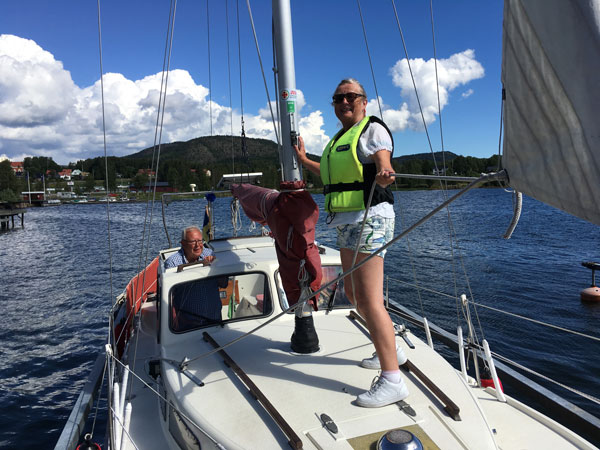

























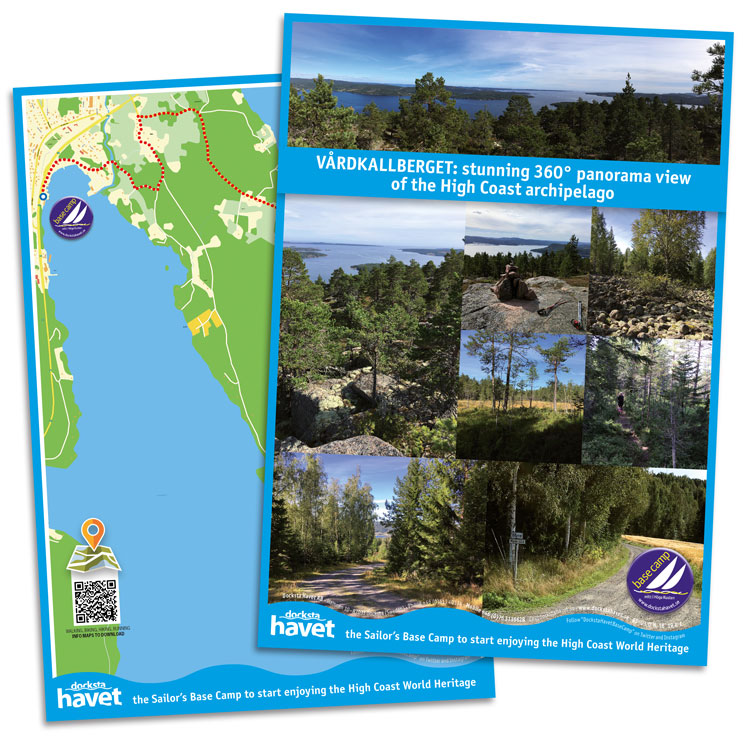


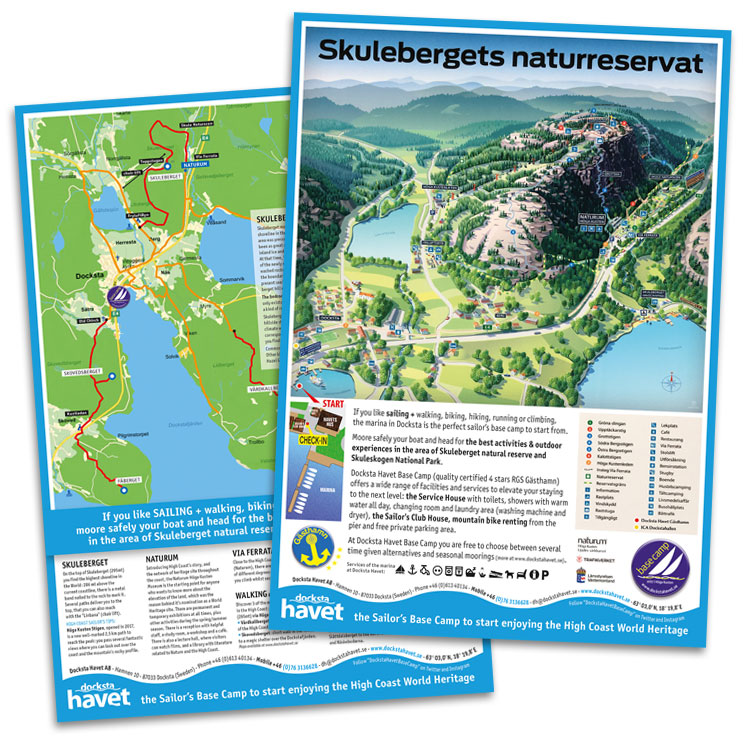

























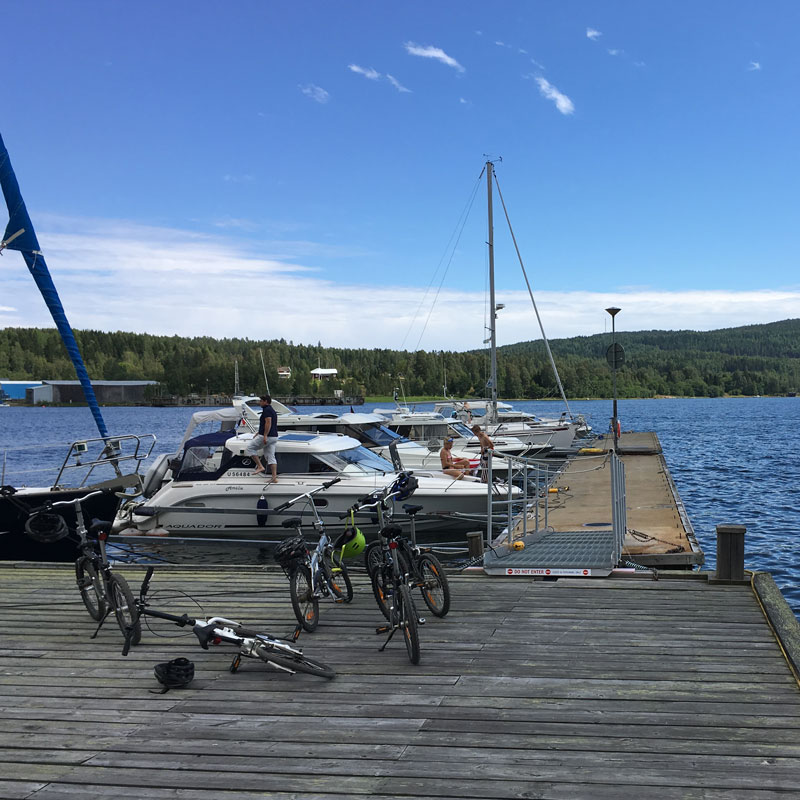






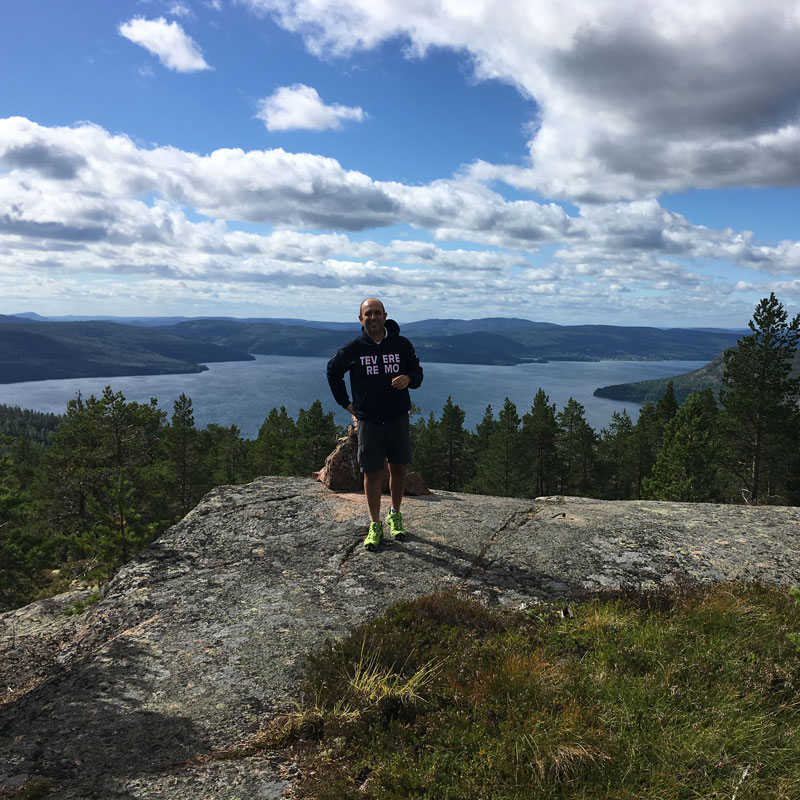
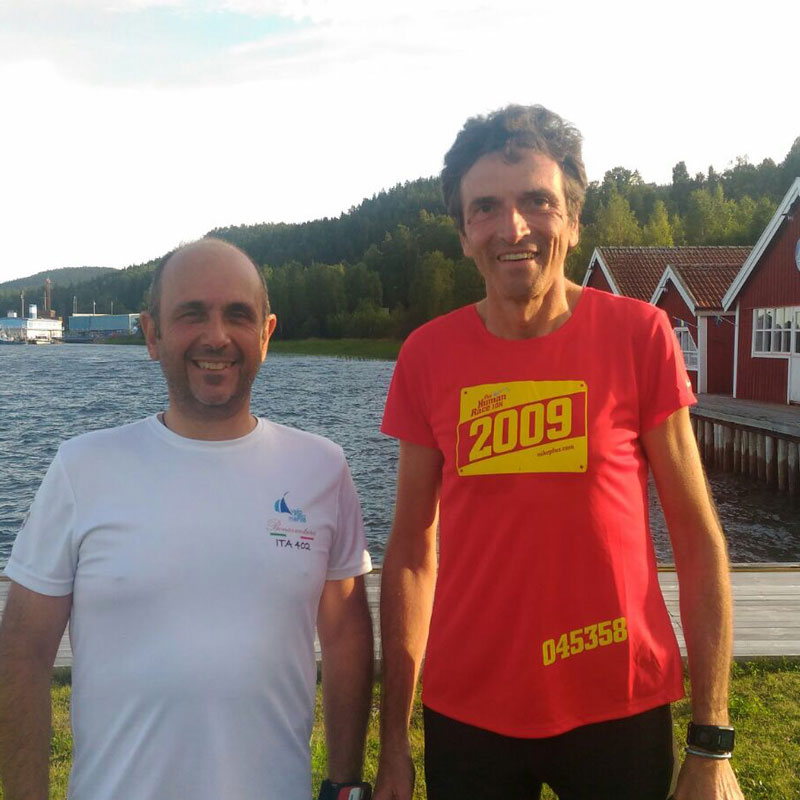
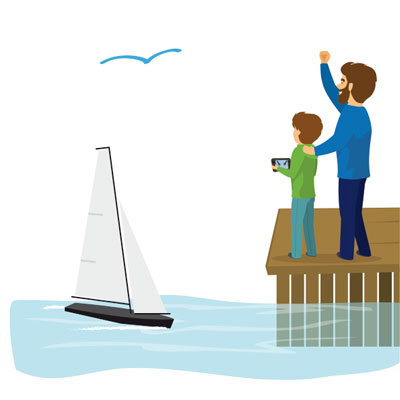
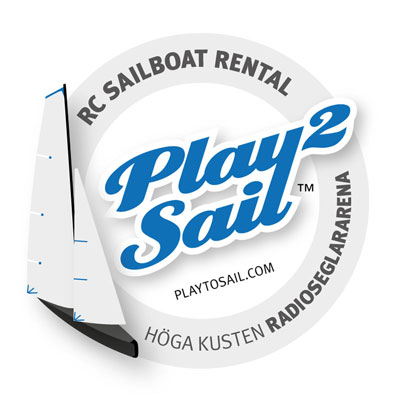
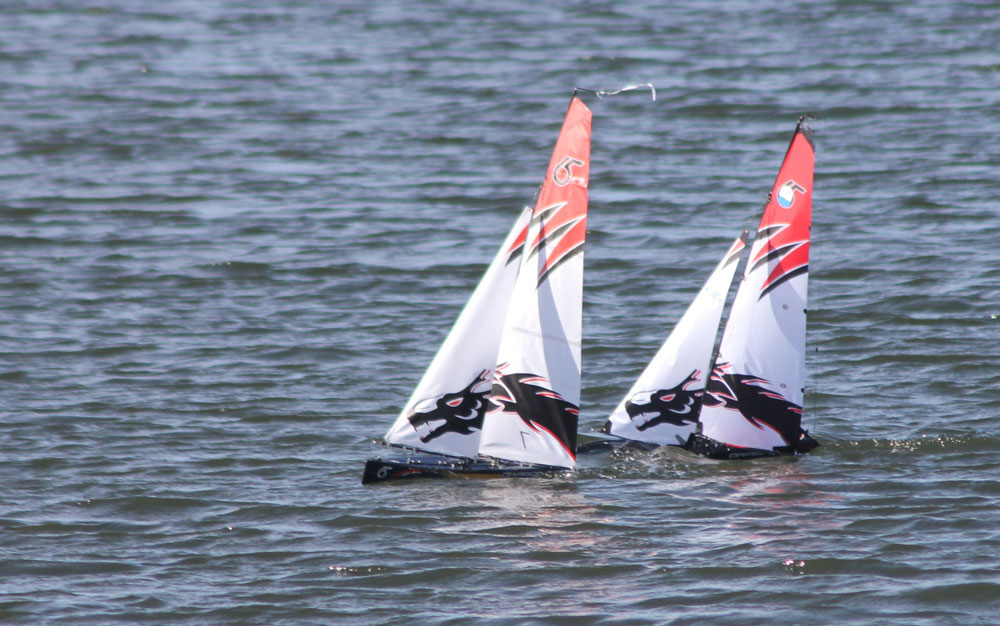


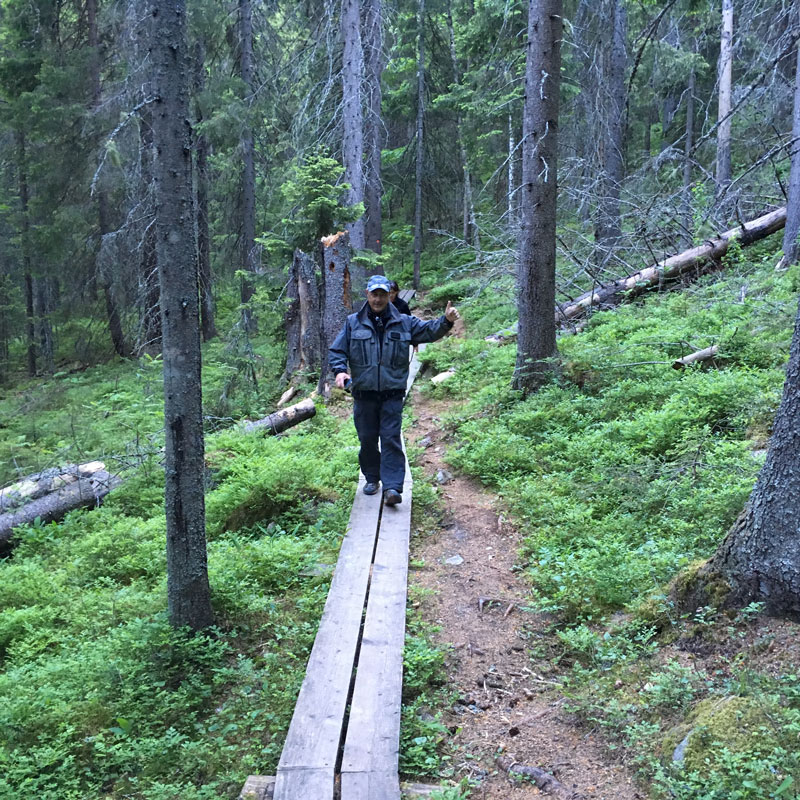


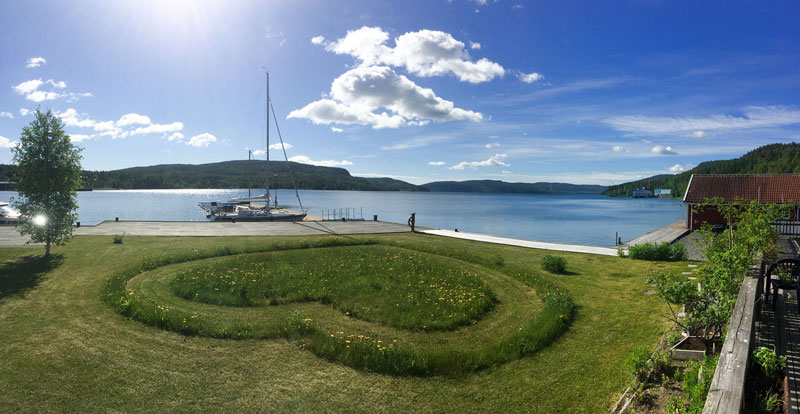
[ PLAY2SAIL #TAGMUG ]